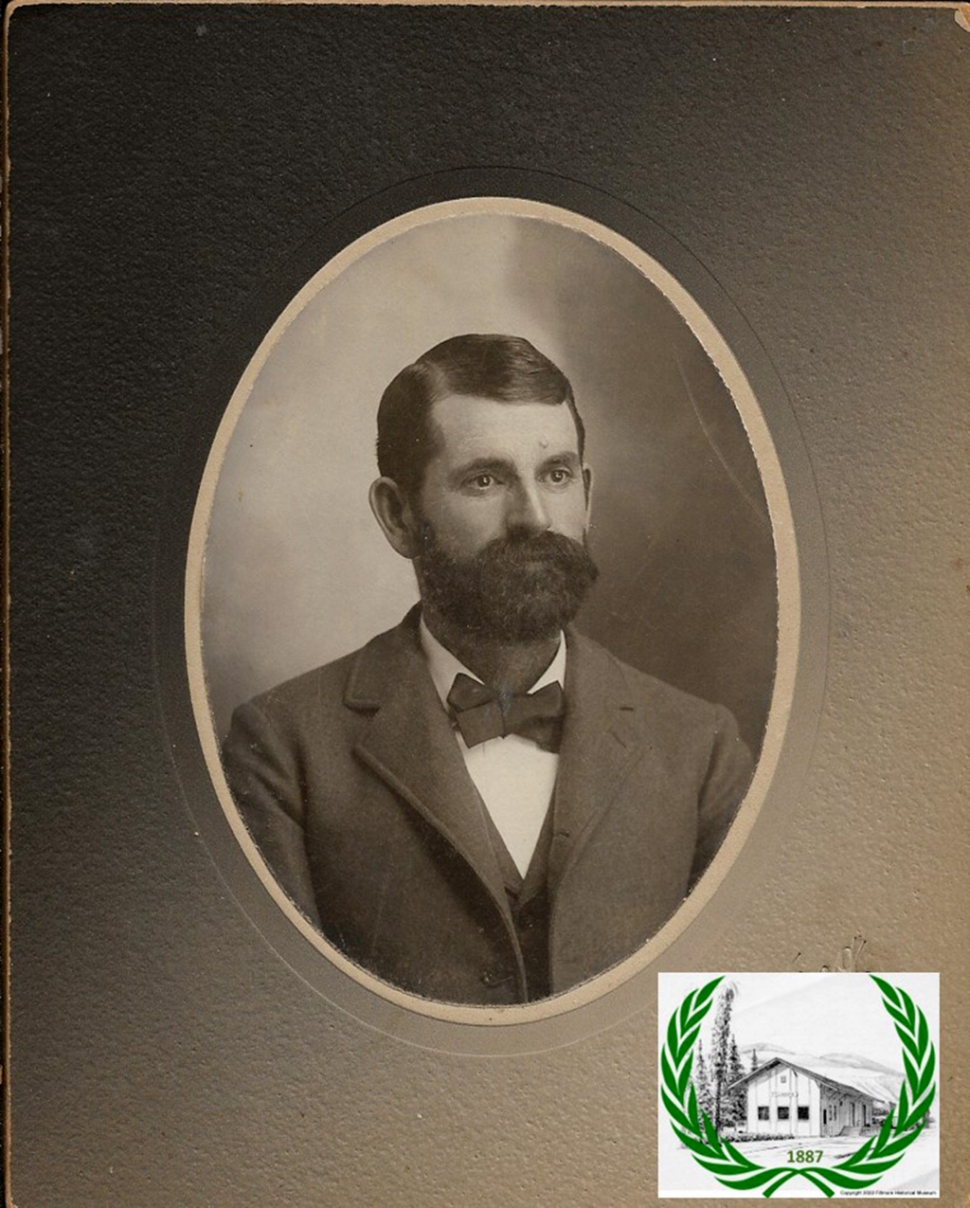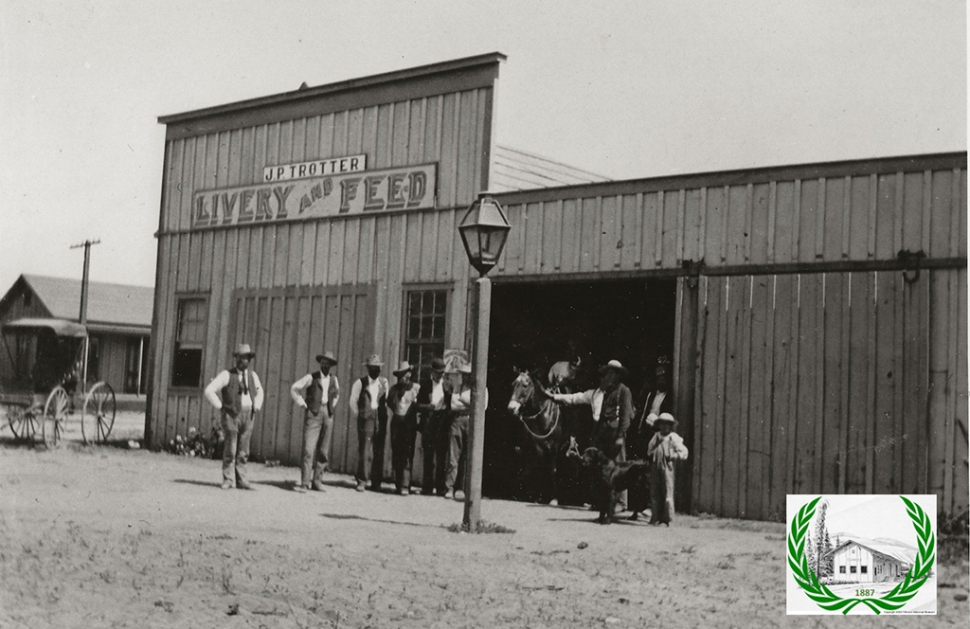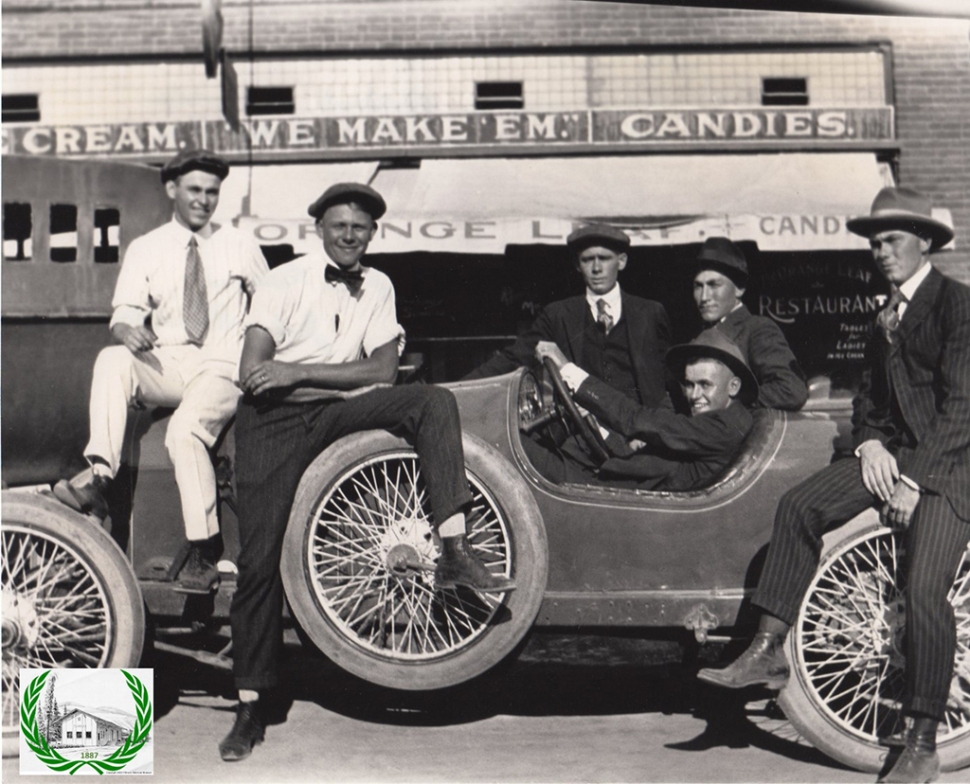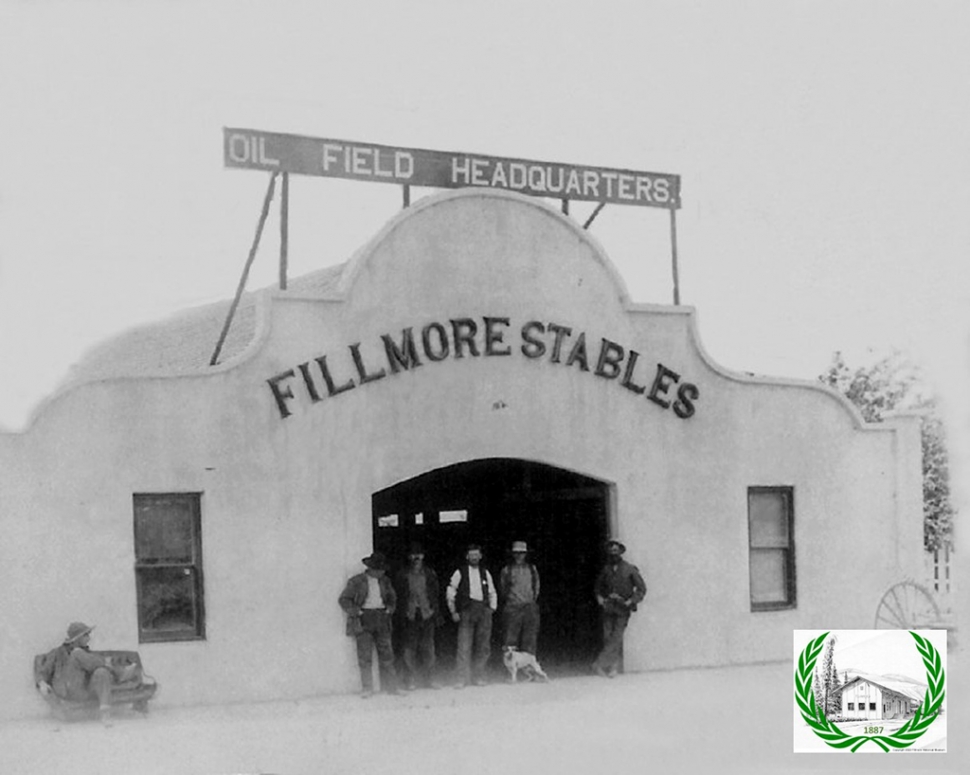|
Crime & Punishment
![Pictured is Edith Jarrett holding leg irons in front of Museum's 1953 model boxcar which now serve as the Museum annex [now used for storage for the Museum]. Photos courtesy Fillmore History Museum.](/files/imagecache/970wide/files/fhm-02-16-22-1-Edith-Jarrett-holding-leg-irons-in-front-of-boxcar.jpg) Pictured is Edith Jarrett holding leg irons in front of Museum's 1953 model boxcar which now serve as the Museum annex [now used for storage for the Museum]. Photos courtesy Fillmore History Museum. By Gazette Staff Writers — Wednesday, February 16th, 2022
 Constable J. P. "Jack" Trotter.  J.P. Trotter's Stable circa. 1900.  Men in front of Mack Wooldridge's Orange Leaf Café.  Casner's Fillmore Stables. From “Old-Timers’ Tales of Fillmore” by Edith Moore Jarrett. Originally published in Ventura County Star-Free Press, January, 14, 1979 Crime and Punishment But back to the jail in this tale of early crime and punishment. Our first one, about 1902, was a shaky thing of wood, and any thirsty prisoner could rip off a board and escape. The handcuffs and leg irons Gerald Howard found under the family home on Ventura Street near the jail site are now a mystery item in the Museum, and it’s fun to think that maybe some escaping prisoner threw them there as he lit out for home and mother., Don’t ask how he got them off. Our second jail, about 10’ by 10’, was of concrete and stood south of the Bungalow In site where the senior citizen’s housing complex is now [Fillmore and Santa Clara Streets]. The door swung open when it wasn’t occupied, and little boys would play in it. There was a window so sympathetic friends of the prisoner – usually picked up for being drunk in dry Fillmore – could pass him some hair of the dog that bit him. When the jail, called the “cooler,” the “calaboose,” or the “skookum house,” acquired customers, their names might be casually mentioned in the next issue of the local weekly along with the society items. A drunk could get “$10 or 10 days” – or maybe 4 – and usually chose days because he had more day than dollars. In 1916, our “new Marshal Cotton” made the Christmas edition by arresting “two bibulous men shooting it up at Mountain View and Main.” One of them, when he had done his days, “took the first Southern Pacific gondola that came by to get the quickest transportation out.” We had one belligerent old settler who was jailed so often for fighting with his neighbors that Judge Barnes, who officiated from 1911 to 1927, made him post a peace bond of $500 to cool him off, since the “cooler” couldn’t seem to do it. We tied our pre-auto horses to the hitching racks, where anyone could untie them, and walked away. Didn’t even have to take a key out of an ignition. One time in 1911 four teen-age boys wandered in from Los Angeles and were laughing about these “hayseeds” who rode in buggies instead of streetcars. It gave them an idea. They just selected a rig, untied the horse, and took off toward Santa Paula. Someone called Constable Jack Trotter, and with the fastest horse in his livery stable, he caught up with them out by the Rancho Sespe, gave them a little advice with his six-shooter, and took them to the state reformatory in Whittier on the next train. If the constable wished, instead of arresting a stranger, he might give him a “floater” out of town for a year or warn him never to come back at all. The fellows running a “blind pig” up in the hills above the [former] Elkins Golf Course got the works. Somebody had found a long black hair in “his soothing syrup” and didn’t like it. Besides the arrest for over-drinking, ourcars caused some adult delinquency, even if in 1916 the whole county had only 1,510 autos or “machines” as we called them. Those cars all had “cutouts” that disconnected the mufflers to give a bit more power, so it was a great temptation to use them. This was a no-no in town, and the price for a little cheerful noise was $5 or 5 days. When Mack Wooldridge of the Orange Leaf Café drove in 1915 Hupmobile down Central with the cutout open, he paid his $5 happily, remarking, to quote the Herald, “that sound is music to my ears and worth every cent of it,” But when a city dad did it that same year, Judge Barnes decreed that the fine should be $7 instead of $5, “because a city lawmaker should set a good example for the rest of us.” And when the high school’s “manual training” teacher rode his bike downtown after dark with no lights, the Daily Sun reported that it cost him $2.50. No choice of 2 ½ days instead. He had to be in school. To be continued... |
